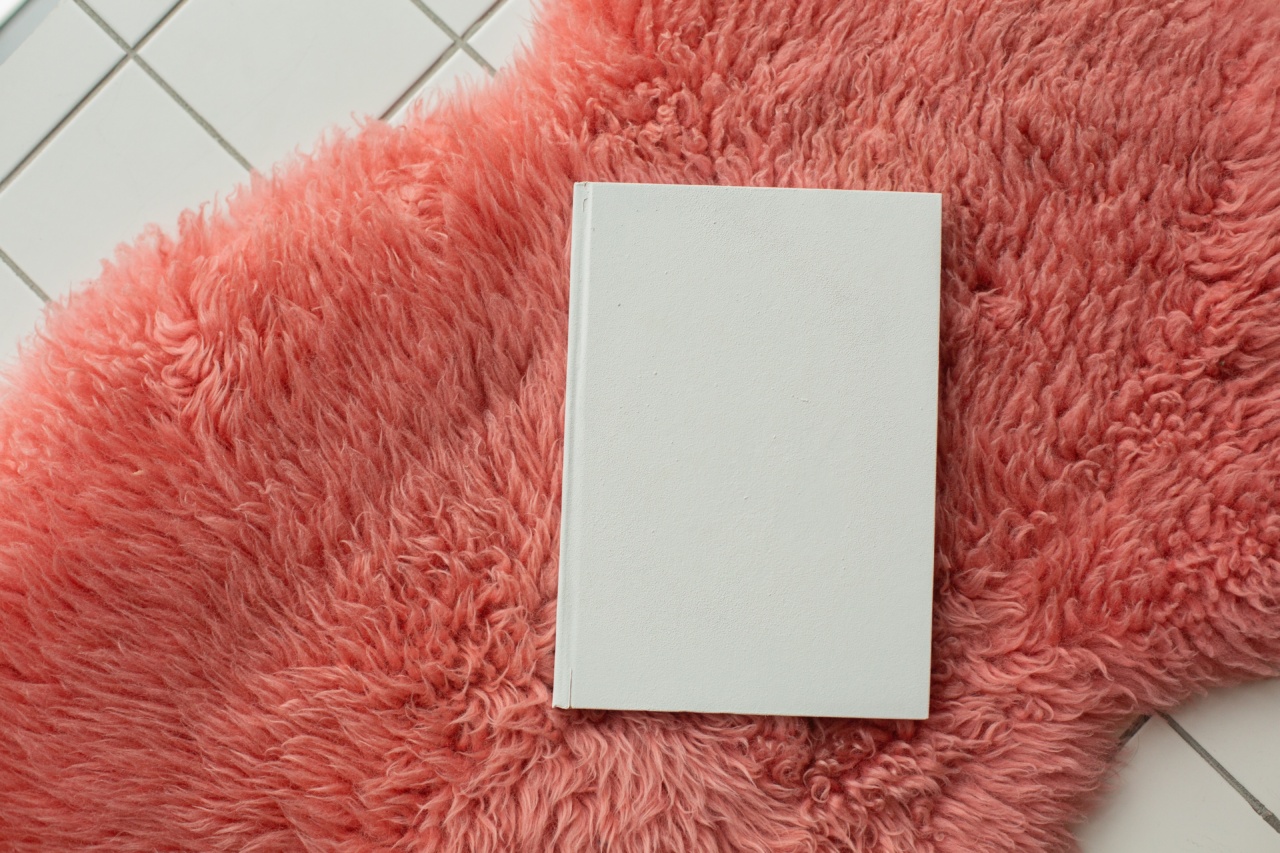Cellulite is a common concern for many people, especially women. It affects nearly 90% of women and 10% of men, regardless of their body size or weight. Despite its prevalence, there is a lot of misinformation and misconceptions surrounding cellulite.
In this article, we aim to separate fact from fiction and provide you with accurate information about cellulite.
What is Cellulite?
Before diving into the myths and facts, let’s first understand what cellulite actually is. Cellulite refers to the dimpled appearance of the skin that occurs due to underlying fat deposits pushing through connective tissue.
It commonly appears on the buttocks, thighs, hips, and abdomen.
Myth: Cellulite Only Affects Overweight Individuals
One of the most common misconceptions about cellulite is that it only affects overweight individuals. However, this is far from the truth. While excess fat can contribute to the appearance of cellulite, thin and fit individuals can also have cellulite.
The formation of cellulite is influenced by factors such as genetics, hormones, and the structure of connective tissue.
Fact: Women are More Prone to Cellulite
Cellulite affects both men and women, but it is more commonly seen in women. This is mainly due to differences in the structure and distribution of fat, as well as hormonal factors. Estrogen, for example, plays a role in the development of cellulite.
The presence of higher estrogen levels in women can lead to increased fat storage and reduced circulation, making them more prone to cellulite.
Myth: Creams and Lotions Can Completely Eliminate Cellulite
There is a wide range of creams and lotions in the market that claim to reduce or eliminate cellulite. However, the reality is that these products cannot entirely eliminate cellulite.
While some creams may temporarily improve the appearance by tightening the skin or improving blood flow, the effects are usually minimal and temporary. A combination of lifestyle changes and medical treatments can have a more significant impact on cellulite reduction.
Fact: A Healthy Diet and Regular Exercise Can Help Reduce Cellulite
Maintaining a healthy diet and engaging in regular physical activity can help in reducing the appearance of cellulite.
A diet rich in fruits, vegetables, lean proteins, and whole grains can minimize fat accumulation and promote healthy connective tissue. Regular exercise, such as cardio and strength training, can improve blood circulation, strengthen muscles, and contribute to overall skin health.
Myth: Liposuction Can Get Rid of Cellulite
Liposuction is a surgical procedure that removes fat deposits from the body. However, it is not an effective treatment for cellulite. Liposuction targets fat beneath the skin, while cellulite is caused by fat pushing through connective tissue.
In some cases, liposuction may even worsen the appearance of cellulite by creating more unevenness in the treated areas.
Fact: Non-Invasive Procedures Can Help Reduce Cellulite
Non-invasive procedures such as radiofrequency, ultrasound, laser therapy, and mechanical massage can help reduce the appearance of cellulite.
These treatments work by stimulating collagen production, improving blood circulation, and breaking down fat cells. While the results may vary, they have shown promising outcomes in reducing cellulite.
Myth: Cellulite Is a Sign of Poor Health
Many individuals associate cellulite with poor health or being out of shape. However, cellulite is a common cosmetic concern that can affect individuals of any fitness level or overall health.
It is important to remember that cellulite is a natural occurrence and not necessarily a reflection of one’s health or fitness level.
Fact: Genetics Play a Significant Role in Cellulite Formation
Genetics play a significant role in the development of cellulite. If your parents or close family members have cellulite, you may be more likely to develop it as well.
Certain genes can influence factors such as fat distribution, metabolism, and the structure of connective tissue, making some individuals more susceptible to cellulite than others.
Myth: Cellulite Can Be Completely Prevented
As cellulite is influenced by genetic and hormonal factors, it cannot be entirely prevented. However, certain measures can help reduce the severity and appearance of cellulite.
Leading a healthy lifestyle, maintaining a balanced diet, engaging in regular exercise, staying hydrated, and avoiding smoking can contribute to minimizing the visibility of cellulite.
Fact: Embracing Body Positivity is Key
While it is natural to have concerns about cellulite, it is essential to embrace body positivity and self-acceptance. Cellulite is a normal part of many people’s bodies, and there is no reason to feel ashamed or insecure about it.
Remember that societal standards of beauty are often unrealistic and unattainable for most individuals.
In Conclusion
Cellulite is a common cosmetic concern that affects many individuals. It is crucial to separate fact from fiction when it comes to cellulite to make informed decisions about its treatment and management.
Although it cannot be entirely eliminated, lifestyle changes and various treatments can help reduce the appearance of cellulite and improve overall skin health.






























